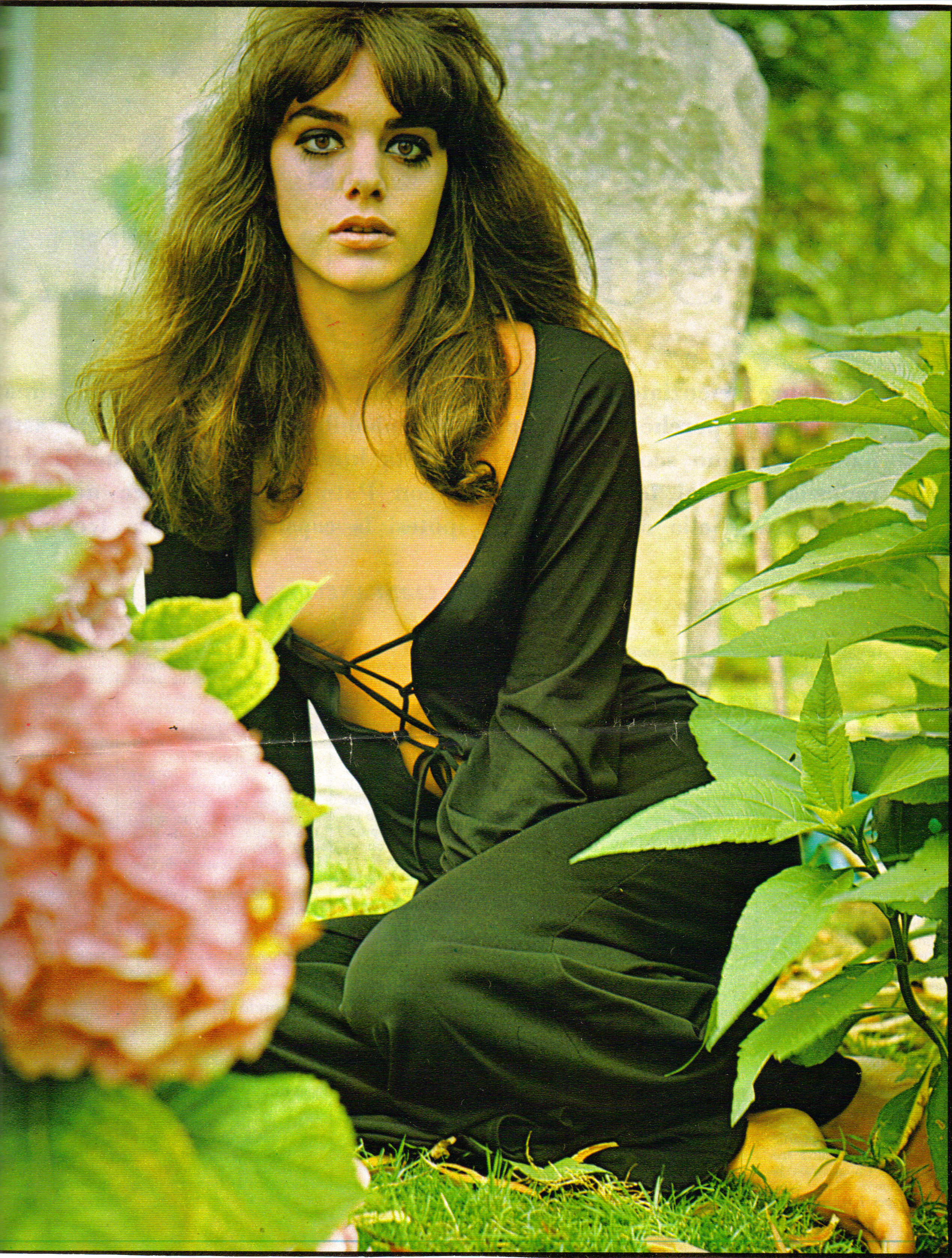 These aren't outright horror films, like Texas Chainsaw Massacre or The Descent (although these are on the list as well), but quieter, chillier movies that try to get under your skin rather than flay you alive.
These aren't outright horror films, like Texas Chainsaw Massacre or The Descent (although these are on the list as well), but quieter, chillier movies that try to get under your skin rather than flay you alive.First, however, a handful of films on my list that didn't make it to the final cut:
Apocalypse Now (1979; Francis Ford Coppola) If this isn't horror, what is?
Taxi Driver (1976; Martin Scorsese) See above.
The Fearless Vampire Killers (1967; Roman Polanski) Sleigh bells never sounded so... wrong. That score. That dance. Sharon Tate.
 The Black Cat (1934; Edgar G. Ulmer) Karloff & Lugosi face off in an art deco castle built on a WWI battlefield.
The Black Cat (1934; Edgar G. Ulmer) Karloff & Lugosi face off in an art deco castle built on a WWI battlefield.The Body Snatcher (1945; Robert Wise) Karloff & Lugosi again (of course). "I'll never leave you, Toddy!"
Tourist Trap (1979; David Schmoeller) Mannequins in silent screams.
Zombi 2 (1979; Lucio Fulci) Zombie conquistadors rising from the grave in daylight.
Vampyres (1974; José Ramón Larraz) These vampire ladies aren't just hot, they're ferocious.

One of the most unsettling films I've ever seen is ineligible because it was a TV movie (produced by the BBC for British telly), 1984's Threads, a gut-wrenchingly realistic account of a nuclear holocaust; also ineligible were 1979's Salem's Lot, 1990's It, and 1975's Trilogy of Terror, all which have superior creepy moments (however, none can keep it up for very long) and all made for TV.
So, my 31 top picks, in descending order:
 31. Black Sabbath (Les trois visages de la peur, 1963; Mario Bava & Salvatore Billitteri) The drop of water.
31. Black Sabbath (Les trois visages de la peur, 1963; Mario Bava & Salvatore Billitteri) The drop of water.
30. The Innocents (1961; Jack Clayton) Scary 19th century dresses.
29. Pit and the Pendulum (1961; Roger Corman) That final shot. Brrrr.
28. Martin (1977; George Romero) The saddest vampire movie you’ll ever see.
27. Island of Lost Souls (1932; Erle C. Kenton) The whole thing is… unholy.
26. The Reflecting Skin (1990; Philip Ridley) Little kid screaming, father on fire.
25. The Descent (2005; Neil Marshall) Overall claustrophobia and brilliant ending. 24. Eyes without a Face (Les yuex sans visage) (1960; Georges Franju) Surgery. On your face. But it’s not your face.
24. Eyes without a Face (Les yuex sans visage) (1960; Georges Franju) Surgery. On your face. But it’s not your face.
23. Deep Red (1975; Dario Argento) Where the fuck did that doll come from?!
22. The Fly (1986; David Cronenberg) “I’m saying that if you stay, I’ll hurt you.”
21. Deathdream (aka Dead of Night) (1974; Bob Clark) Climax in the graveyard.
20. Wolf Creek (2005; Greg Mclean) Man, the “head on a stick” bit got me for days.
19. Alien (1979; Ridley Scott) The alien ship that sent the distress call, and the lair of alien eggs.
 18. The Birds (1963; Alfred Hitchcock) Birds on the jungle gym. ’Nuff said.
18. The Birds (1963; Alfred Hitchcock) Birds on the jungle gym. ’Nuff said.
17. The Silence of the Lambs (1991; Jonathan Demme) Terrific score unsettles the nerves; "It puts the lotion," etc.
16. The Changeling (1980; Peter Medak) Another great séance.
15. Them! (1954; Gordon Douglas) The silent little girl in shock & the screech the ants make.
14. The Thing (1982; John Carpenter) Overall paranoia and its unresolved ending. 13. The Wicker Man (1973; Robin Hardy) Howie screaming, “Oh, God! No! Oh, Jesus Christ! No!” when he finally sees the wicker man.
13. The Wicker Man (1973; Robin Hardy) Howie screaming, “Oh, God! No! Oh, Jesus Christ! No!” when he finally sees the wicker man.
12. Night of the Hunter (1957; Charles Laughton) Mitchum crooning, “Children! Oh, children!”
11. Let’s Scare Jessica to Death (1971; John D. Hancock) Creepy 19th century ghost in the water.
10. The Haunting (1963; Robert Wise) Was it all in her head? No.
9. The Others (2001; Alejandro Amenebar) The séance and the creepy little old girl.
8. Psycho (1960; Alfred Hitchcock) Finally realizing what “A son is a poor substitute for a lover” really meant. 7. Repulsion (1965; Roman Polanski) Creeping madness & rabbit corpses.
7. Repulsion (1965; Roman Polanski) Creeping madness & rabbit corpses.
6. Se7en (1995; David Fincher) The john forced to wear the dagger strap-on.
5. The Texas Chainsaw Massacre (1974; Tobe Hooper) Pure screeching deathly horror.
4. The Blair Witch Project (1999; Daniel Myrick & Eduardo Sanchez) Lost in the woods. Forever.
3. Eraserhead (1978; David Lynch) Dance sequence with fetuses (?), industrial noise.
2. Henry: Portrait of a Serial Killer (1986; John McNaughton) Videotape murder sequence.
And number one:
Jaws (1975; Steven Spielberg) Polyester jackets with little embroidered anchors.





















.jpg)



